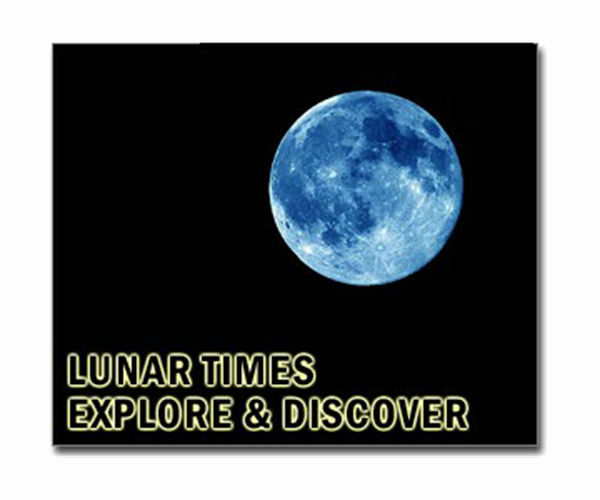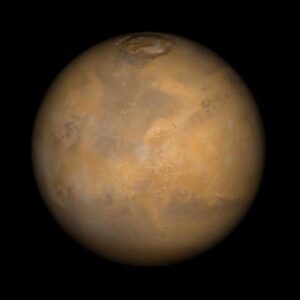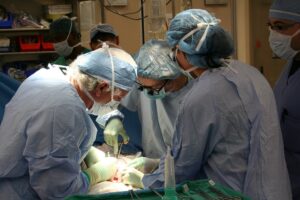
Chinese researchers have proposed a groundbreaking theory that surplus argon-40 detected in lunar soil may originate from particles escaping Earth’s atmosphere, a phenomenon they describe as “Earth wind.” This study, conducted by the Northwest Institute of Eco-environment and Resources (NIEER) under the Chinese Academy of Sciences, was recently published in the esteemed planetary science journal Icarus.
Argon, a noble gas present in Moon soil, holds critical chemical records that are essential for understanding the Moon’s interior, its surface evolution, and the material exchange between Earth and the Moon. Li Liwu, a researcher at NIEER, emphasized that isotopic analysis of lunar argon provides new insights into significant planetary processes. He noted that unexplained surpluses of argon-40 have long been a major topic in planetary science.
Analyzing Lunar Argon: A Two-Source Theory
The study meticulously analyzed argon isotopes in samples returned by China’s Chang’e 5 mission. Researchers employed stepwise heating and degassing techniques to isolate noble gas isotopes, subsequently examining their isotopic compositions. Their findings identified two distinct sources of argon-40: one originating from the radioactive decay of potassium-40 within the lunar soil itself, and another associated with argon-36, suggesting an external origin.
The team concluded that this latter source of argon-40 is likely carried by “Earth wind,” produced by atmospheric particles escaping Earth and traveling along the planet’s magnetosphere to the lunar surface. This mechanism offers a plausible explanation for the long-standing mystery surrounding lunar argon surpluses.
Implications for Earth-Moon Interactions
According to Li, the findings not only enhance our understanding of volatile exchanges between Earth and the Moon but also contribute to a broader knowledge of how planetary atmospheres can influence nearby celestial bodies. He noted that future analyses of samples from Chang’e 6 and other lunar missions could further assess the extent of Earth wind’s reach.
“The discovery of Earth wind’s role in lunar argon surpluses refines our understanding of the dynamic interactions between Earth and its satellite,” Li stated.
The Chang’e 5 spacecraft, which returned 1,731 grams of lunar soil and rock to Earth in December 2020, has enabled detailed laboratory studies that continue to reshape scientific perspectives on the Moon’s evolution and its connection to Earth.
Historical Context and Future Prospects
The concept of Earth wind adds a new dimension to our understanding of the Earth-Moon system. Historically, the Moon has been seen as a relatively isolated body, but this study suggests a more interactive relationship. The implications of this research extend beyond lunar science, potentially informing our understanding of atmospheric escape processes on other planets and moons.
Looking ahead, the scientific community eagerly anticipates the results of future lunar missions, which may provide further evidence of Earth wind and its impact. These missions could validate the findings and potentially uncover new aspects of planetary science.
As researchers continue to explore the complexities of Earth-Moon interactions, this study represents a significant step forward in unraveling the mysteries of our closest celestial neighbor. The ongoing analysis of lunar samples promises to yield even more insights into the intricate dance between Earth and the Moon.






